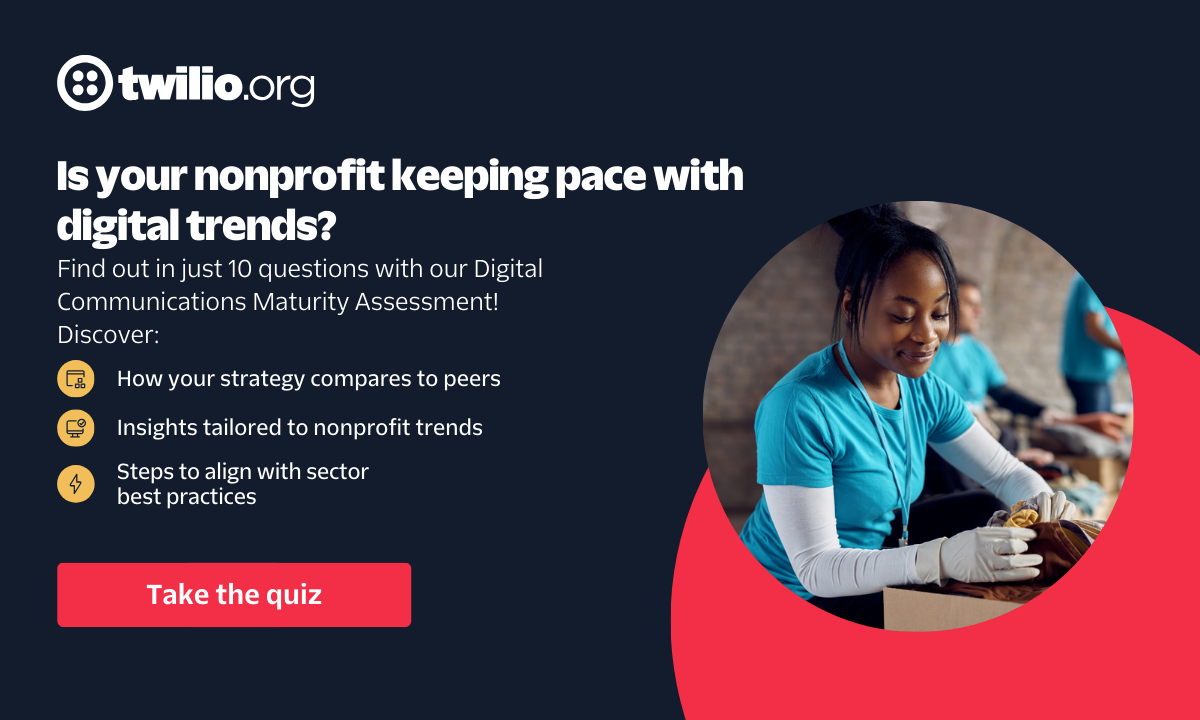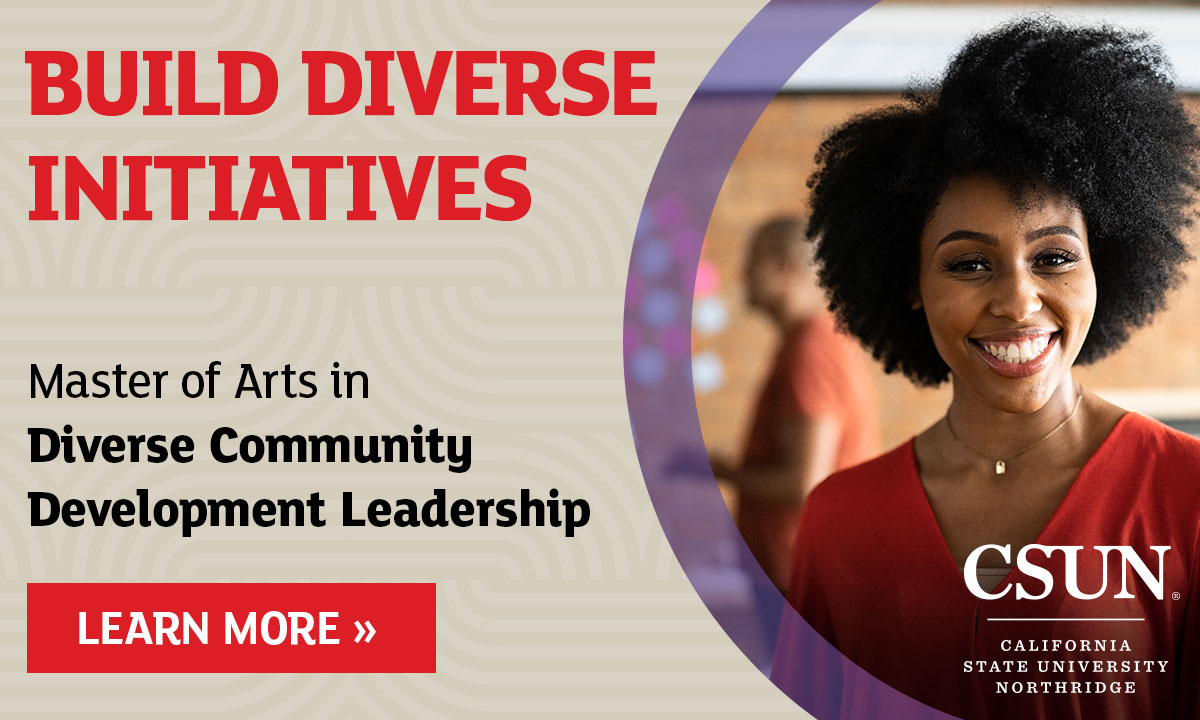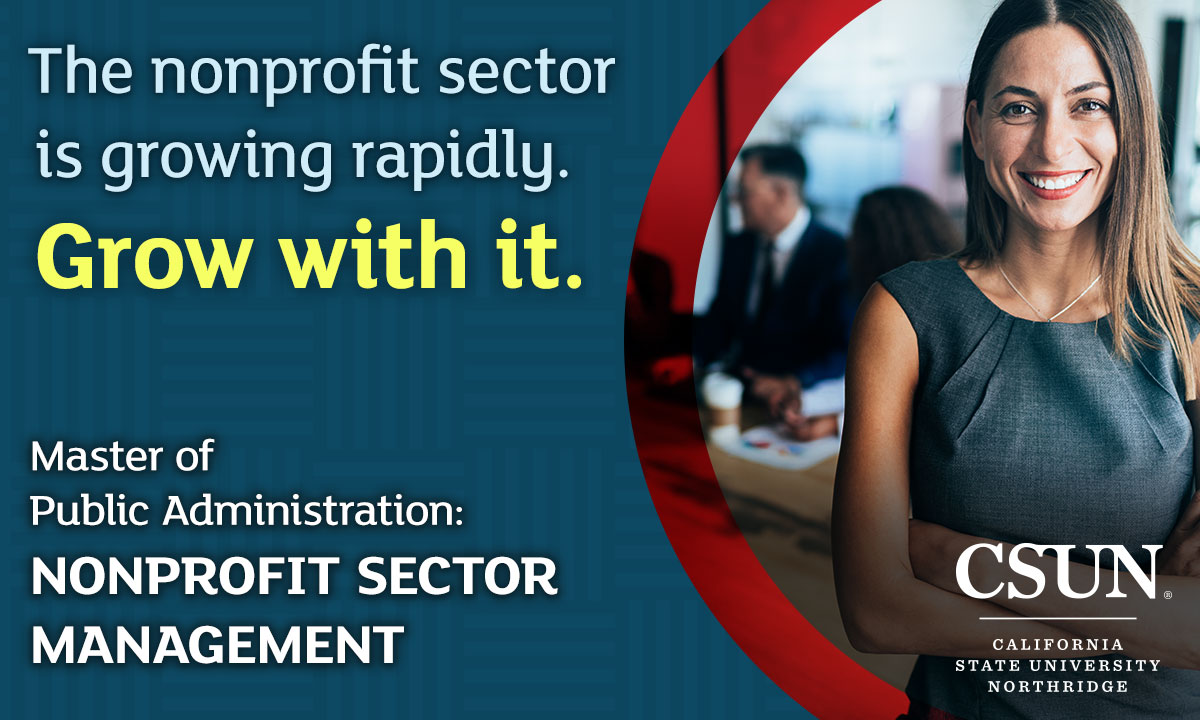What Makes Donors Tick

Photo by: http://www.123rf.com/photo_31654094_unique.html
Nonprofits are inherent storytelling engines. They’re inspirational entities that improve communities, advocate for change and fill gaps no other organization can. And they do it with incredible efficiency by expertly leveraging dollars and talent.
It would seem natural that most nonprofit stories would both captivate and motivate prospective donors. You might be surprised that research shows that donors are fickle about the storyteller.
What does psychology have to do with it?
Henri Taifel was a British social psychologist best known for his theory of social identity, which is a person’s sense of who they are based on which group(s) they belong to. According to Tajfel, the groups people belong to (e.g., social class, family) are an important source of pride and self-esteem.
It helps our self-image if we increase the status of the group we belong to. The San Francisco Giants are the best baseball team! We can also increase our self-image if we hold negative views against the group we don’t belong to. The Los Angeles Dodgers are the worst! In this way, we sort the world into “them” and “us.”
Not all stories are created equal
It would be impossible for nonprofits create fundraising campaigns for each prospective donor. However, research shows some important ways nonprofits can leverage the principles of social identity to increase their fundraising effectiveness.
- Remind donors of past behavior
Fundraising campaigns are more successful when they appeal to the donors’ increased generosity to the cause. Research has shown that donors make larger gifts when they’re reminded of previous support, specifically with information like the last donation date. This effect is greatest with regular donors. Going back to social identity, donors are identified as part of a group of charitable individuals that support a very worthy cause.
A donor appeal that may work in this instance could include language like, “In December of last year, you provided a generous donation to support our nonprofit’s efforts to tutor high schoolers so that they graduate.”
- Associate donors with a community
Reminding prospective donors of their membership in a community has also been shown to boost donation amounts. This has been particularly successful for people in smaller communities because they typically gain more social identity from a tighter-knit community.
Sample language in this scenario could say something like, “As a member of the Anytown, USA community, you’re aware of the challenges facing working parents. Thanks to generous donors like you, we’re able to provide affordable child care to local families.”
- Reduce Social Distance, Use Peer Stories
There’s another important concept that is relevant to fundraising. Social distance is the degree to which people are willing to accept and associate with people having different social characteristics. For example, a person who chooses not to live next door to a family of a difference race would have a high degree of social distance. Alternatively, someone who marries a person of a different race would have a low degree of social distance.
Social distance plays into charitable giving in that prospective donors may have a high degree of social distance from a nonprofit’s clients. If a nonprofit’s beneficiaries are from a different ethnic group or social class than the typical donors, the typical client story may not elicit the desired empathy from the donor. If your donor data show this, you could look for another fundraising angle that would provide a clearer connection point for prospective donors. Is there a donor who could tell the story? Is there a beneficiary who could speak from a common point, like being a parent or being a first-generation college student?
If you’re interested in getting more stories from your donors, you can use GreatNonprofits.org for storytelling tips and tools. Check out our tips for requesting reviews at: http://www.about.greatnonprofits.org/invite-reviews




















